https://www.lifegate.it/el-salvador-agroecologia-pesticidi
- |
San Salvador it is a chaotic metropolis that is located close to a still active volcano.I visited the capital of El Salvador in October 2022, with the intention of writing a report on some Salvadoran farmers who have chosen to adopt agroecological practices.The idea was to understand the reason behind such a virtuous choice, in a country where the logic of monoculture has reigned for decades.
I then went to interview Pedro Cabeza, an observer of the association Acafremin, which for years has been carrying out awareness campaigns on the impacts of monocultures in El Salvador.As soon as I entered his office, I noticed a file with some disorganized papers on the desk.“It is the preliminary version of a study on the impacts of oil palm and sugar cane monocultures” says Pedro.But before handing it to me, he warns me that it is under review and has not yet been published.Then he starts making a coffee and, seeing that he sees me gasping due to the heat, he turns on a fan.
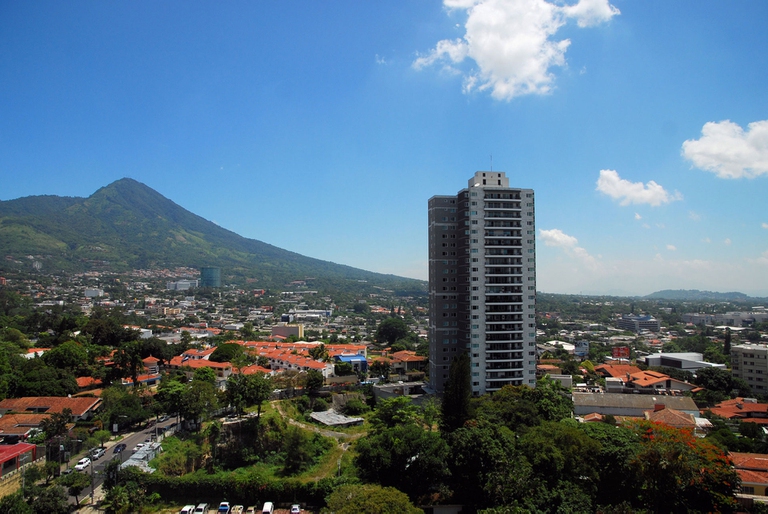
El Salvador, the study that analyzes the impact of monocultures on health
“Beyond the environmental and social impacts, we have the impact on health.This has been studied here in El Salvador.In all communities located around sugarcane monocultures there is a large incidence of chronic renal failure disease.People suffer from this disease due to pollution and the conditions in which they live,” explains Pedro.
About twenty years ago, aepidemic of chronic kidney disease due to "non-traditional causes".The definition non-traditional causes is used because the deterioration of renal function that Pedro tells me about is not linked to the most common risk factors for this disease, such as diabetes, hypertension, obesity and above all ageing.In this case however, the majority of those affected are represented by young men, between 30 and 40 years old, who have no particular previous illnesses and they live in agricultural communities.
The scientific discussion on the possible causes is still open, but at the moment the most accredited thesis suggests that kidney disease is multi-causal and derives from the synergistic effect of two or more factors.The first is the dehydration to which agricultural workers are subjected, amplified by brutal working conditions and increasingly extreme heat waves (El Salvador is located entirely in the so-called Corredor Seco, one of the regions of the world that suffers the impact of the climate crisis the most due to increased drought).The second factor suggests that the trigger is a toxic agent, that is to say pesticides or other chemicals of synthesis used in plantations.
The exact number of deaths is not known, but estimates are high thousands of victims.In any case, the real extent of the phenomenon could be underestimated because many patients prefer to die at home and therefore they are not registered in hospital surveillance systems.In places where the disease is endemic, mortality rates in El Salvador are believed to be 10 times higher to those of other Latin American countries, e 30 times higher to those normally found in adult males.
The region where the kidney disease epidemic was discovered is also one of the areas with the most sugar cane monocultures:The Bajo Lempa.
Beyond the environmental and social impacts, we have the impact on health.This has been studied here in El Salvador.In all communities located around sugarcane monocultures there is a large incidence of chronic renal failure disease.People suffer from this disease due to pollution and the conditions in which they live.
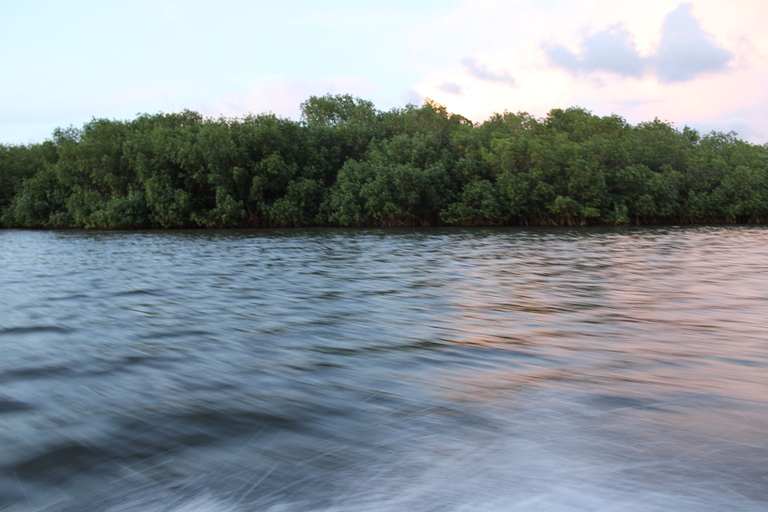
Traveling through the history of Bajo Lempa, El Salvador
The Bajo Lempa is located in a fertile coastal plain, halfway between the asphalt of the Carrettera Litoral and the rough waters of the Pacific Ocean.Here the longest river in El Salvador, the Rio Lempa, embraces the sea, mixing its waters with those of the ocean, in a succession of inlets and sinuous mangrove forests allergic to straight lines.
The proximity of the ocean and the Lempa River means that the region often floods.Last October 9, Tropical Storm Julia submerged much of the Bajo Lempa.I was stuck in San Salvador for ten days because the roads to reach the innermost communities were impassable.As soon as they gave me the okay I took the first one chicken bus available.Even though ten days have passed since Julia's arrival, the path I took is still a mess of mud.Advancing means dodging the points where the mud is most congealed.Suddenly I come across a completely flooded field where some cows, instead of grazing, are forced to swim in the water.
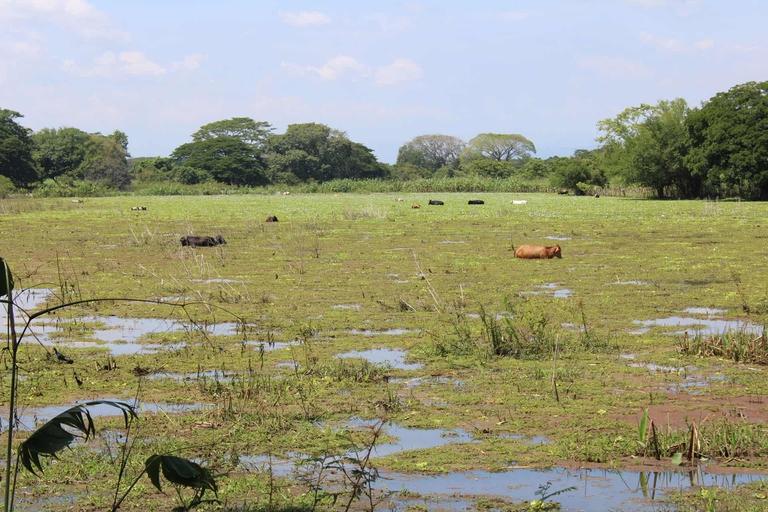
In the Bajo Lempa in the farmers' homes, next to photos of family members, there are images of Ernesto Che Guevara and Fidel Castro.Most of the inhabitants are beneficiaries of the Land transfer program (Ptt), a government program that in 1992 distributed 1,000 square kilometers of land to former socialist guerrillas.The armed conflict in El Salvador lasted thirteen years, and was fought between the revolutionaries of the Farabundo Martí Front for National Liberation (Fmln) and the leaders of the military dictatorship that governed the country for fifty years.
It is difficult to establish the beginning of hostilities.Some conventionally take into consideration the date of Monsignor Romero's assassination, which occurred at the hands of a death squad in March 1980.But the truth is that the entire previous decade – between disappeared and repression of political demonstrations resulting in bloodshed – it was a slow and bloody apprenticeship to violence.For more than twenty years an entire generation of Salvadorans has been educated solely to wage war.When the war ended in 1992, reintegrating these people into civilian life was a problem.
With the PTT an agricultural solution was attempted. Lots of uncultivated land were handed over to former guerrillas, to allow them to cultivate it and live off its proceeds.But all things considered, over the years, many decided to sell the land, or rent it to local sugar mills, who paid a paltry, but at least fixed, income.
Sugar cane, massive use of pesticides and human rights violations
Today sugar mills dominate the region's economy, which is based on the export of a single plant:there sugar cane.Despite its very small size, El Salvador is one of the largest exporters of this plant in the world;and the Bajo Lempa, thanks to its favorable climate, is one of the areas where there are the most monocultures. The surface area of land dedicated to this vegetable increases from year to year.According to the Association of Local Sugar Producers, the Salvadoran agroindustry has approximately 800 square kilometers planted with sugar cane.In recent years there has been an acceleration:between 2006 and 2016 the land occupied by this plant increased from 574 to 800 square kilometers, with an annual growth of approximately 38 percent.
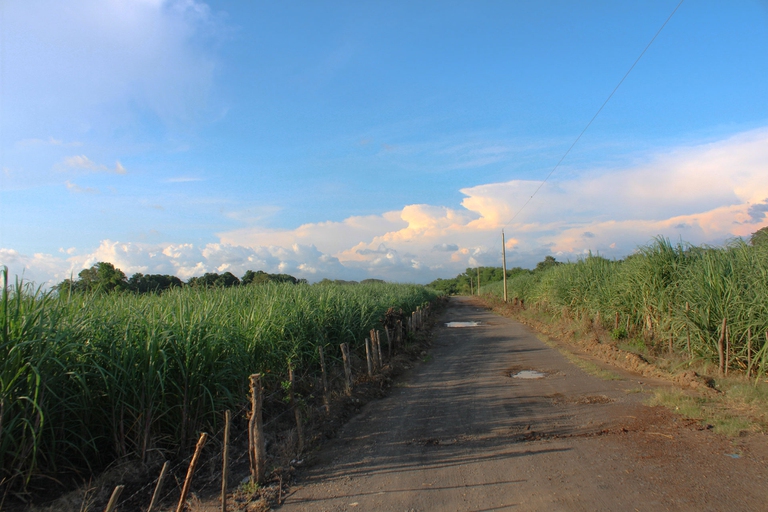
Hand in hand with land consumption, the use of pesticides and other chemicals has also increased.The study ofAcafremin association shows that the import of synthetic chemical products into El Salvador has tripled in the last twenty years.In 2016, the issue was the subject of a report by the Procuradoria para la defensa de los derechos humanos, an important independent body with the task of monitoring respect for human rights.In the report we can read that "the indiscriminate use of pesticides has generated violations of human rights and negative effects on human health and the environment".The report recommended that the authorities respect the principles of precaution and prevention, in order to avoid consequences of great impact.
In the Bajo Lempa, these principles have never been applied.Even today one of the most frequent irrigation techniques is the aerial fumigation, with pesticides being thrown indiscriminately on plantations, homes and private crops.The security conditions are terrible.A farmer revealed to me that, to endure hard work under the sun, some workers seek refreshment by pouring on themselves the liquid in which herbicides and pesticides are diluted.As was observed in one study, the storage and sales conditions of these products lack adequate biosafety measures.
Emmanuel Jarquin Romero, expert in occupational health and safety and president of the Agency for Agricultural Development and Health, explains that for agronomic reasons the three most imported products in El Salvador are, in order of import, 2-4D, paraquat and glyphosate.Due to the danger to human health, the use of these three products is the subject of strong scientific debate in many countries.But the point is that in El Salvador many others are used which are declared illegal and harmful.“There are many forbidden molecules imported over the centuries,” says Jarquin.“There are regulations in the country on the use of agrochemicals, but you have to be realistic:the problem is that they are low-cost alternatives, and that's why farmers are willing to buy them,” says Jarquin.
The numbers (and damage) of sugar cane cultivation in El Salvador
A search forUniversity of El Salvador claims that the sugar industry contributes 2.8 percent of the country's gross domestic product, and generates 4 percent of exports.The sector employs 50 thousand people directly, and 200 thousand indirectly (these figures mainly refer to the period of zafra, or the sugar cane harvest, which takes place from November to April).But it is also true that a large part of this profit is destined exclusively for sugar factories.Most of the population of Bajo Lempa is dedicated to subsistence agriculture.To find alternative income, many men are hired as seasonal workers during the zafra. More than 50 percent of the population lives in poverty.Housing conditions are precarious, health services, along with the level of education, basic infrastructure, drinking water, waste collection system, communications and energy;all this is absent or of very poor quality.
The problem with sugarcane monocultures is that they do not respond to a social need.For example, we in the community don't get angry that they grow sugar cane, this is their production, but when harvest time comes they should water with water, and not with those toxic poisons.
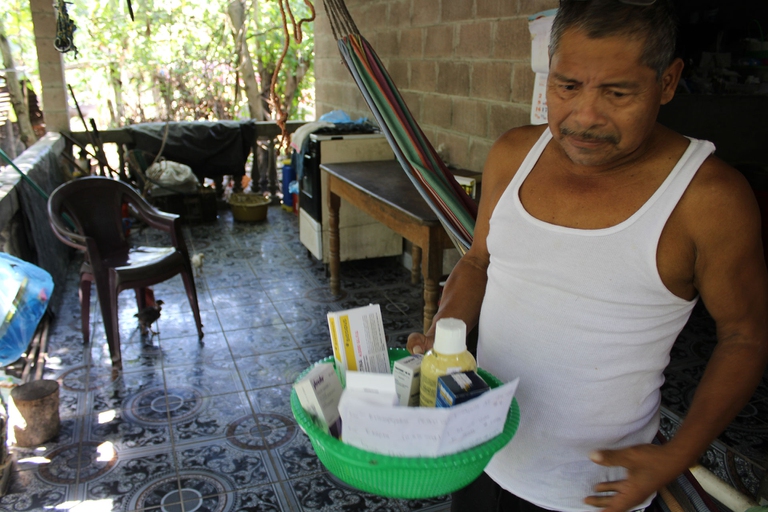
In the Bajo Lempa the development of monocultures has led to natural resources being considered unlimited.All this at the cost of obvious transformations:soil fertility has been decreasing;kidney disease spreads with the force of epidemics;the natural mangrove ecosystem, which provides shelter from the frequent flooding of the Lempa river, is being lost;many wild and aquatic species have lost their original habitat and are gradually disappearing.
The alternative of agreoecology
The first step to understand why, in the Bajo Lempa, some farmers have chosen to adopt agroecological practices is to ask what is meant by this term.Often agroecology it has been used as an "umbrella word", indicating cultivation techniques that are very different from each other, and in some cases even in conflict.Giving a precise definition is not easy.So I asked her Walter Gómez, agricultural engineer of the Cesta association, one of the first environmentalist associations in El Salvador.
“If we analyze all the problems caused by monocultures, such as the loss of biodiversity, drying up of the soil, health problems, nutritional deficits, agroecology in this country is a political act” states the agricultural engineer.Walter is a big man of 50 years old, when he speaks he knows how to put you at ease with a calm and reassuring tone of voice.Cesta has been creating for a few years agroecology programs in various areas of El Salvador, so Walter moves far and wide with a pick-up with dirty wheels to hold on to training courses for interested farmers.For him the exchange of knowledge that takes place in these meetings is fundamental:“It allows us to convince farmers that there is an alternative way of doing agriculture compared to that used by monocultures”.
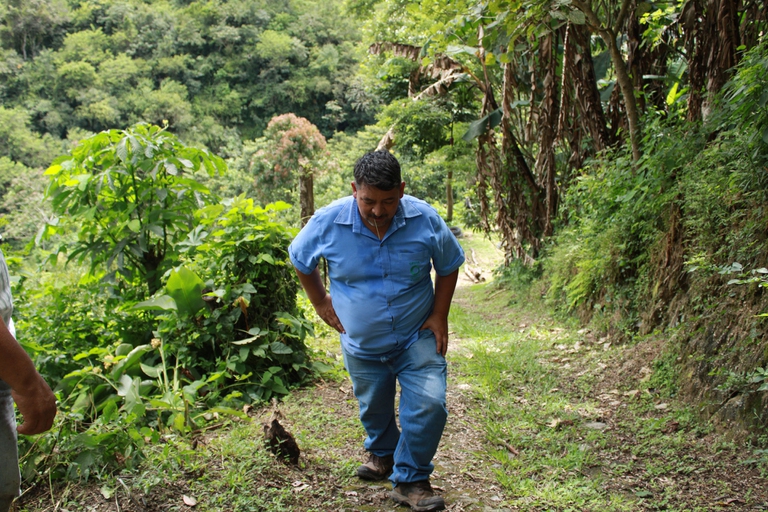
Walter participates in the meetings of the Committee for Food Security (CSA) as a delegate from Latin America.The CSA is an international platform linked to the FAO where good practices in food safety are shared.Its headquarters are in Rome, for this reason Walter often visits Italy.“I still remember that in a bar they charged me 18 euros for a tiramisu and a cappuccino” he smiles.In 2018 he participated in the consultations for the development of a FAO guide on agroecology.The result is a document in which some essential principles have been established for talking about agroecological cultivation.
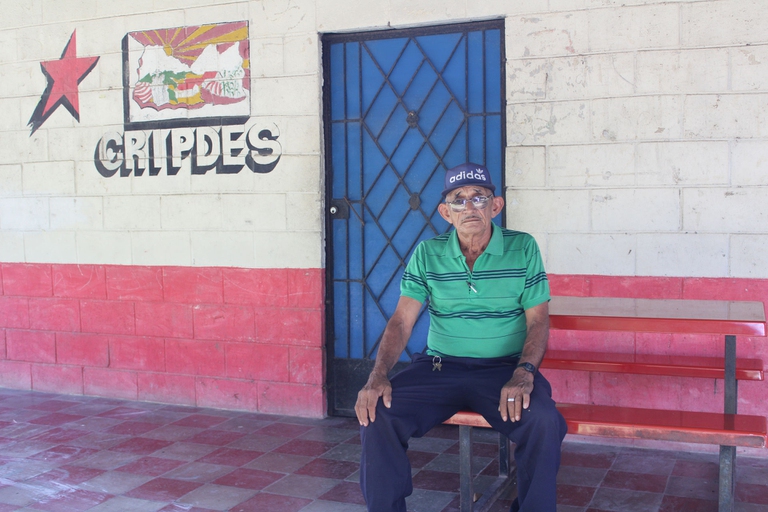
In the self-management of natural ecosystems, waste does not exist
One of the first principles is to avoid waste. Carlos Molina he is a farmer who lives in Bajo Lempa, in the Puerto nuevo community.He is a beneficiary of the PTT, and in the small garden that the government assigned him he grows corn and beans.He also has some mango trees and some animals, mostly cows and chickens.He sells the mango and the products he gets from farming to a coyote, that is, an intermediary who resells them at higher prices on the market.Coyotes are usually people who have a pickup truck and can drive on the rough roads in the area.Carlos, on the other hand, lives only on this:of the products of his garden and his animals.
Sometimes the burning smell that comes from the plantations reaches his nose.Sugarcane monocultures literally surround his property, and one of the techniques they use is quema, that is, controlled bonfires that serve to eliminate the annoying thorns that are in the stem of the plant that farmers call pica pica, and thus facilitate collection.When I ask Carlos if he also makes bonfires to burn the leaves of his mango trees, he answers me like this:
No, you don't burn the leaves, by burning them you lose the fertilizer.I let the leaves rot on the ground because this is fertilizer for the tree.
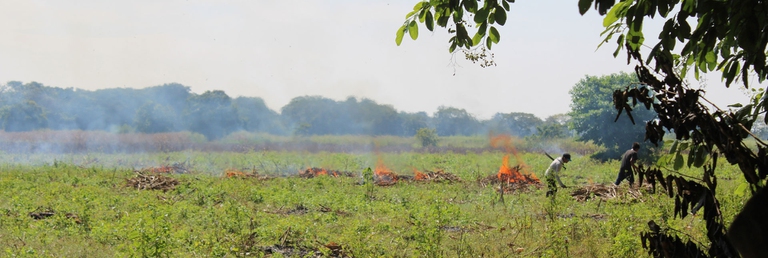
Monocultures pursue economic benefits, therefore to speed up harvesting and reduce labor they use quema.“The point, however, is that the environmental impacts are terrible” explains Walter Gómez.Among the various consequences, bonfires release carbon dioxide into the atmosphere, dry out the soil and reduce biodiversity.The flames can be fatal for the numerous wild animals that find refuge among the tall stems of the plant.And then they are "the main cause of the fires that affect the forest reserves that are close to the plantations", comments the agronomist from Cesta.
Waste is a human concept. In the self-management of natural ecosystems, however, waste does not exist:everything is useful for something.This is what Carlos is trying to say when he explains to me why he chose not to burn any crop residues.Letting your mango leaves sit on the ground creates organic fertilizer. In fact, the leaves release nutrients for the tree, such as phosphorus and potassium.Natural cover can also reduce soil erosion, and is also useful during periods of heavy rain, as it retains water and allows for better soil evapotranspiration.
People think it's easier to use a chemical, burn the crop residue, then plant new seeds and that's it, there's no need for physical labor with a machete anymore.This is exactly where control was lost.When I was a child only organic practices were used.I remember, I was maybe eight, or ten years old, when the so-called green revolution began.First organic products were used, then with this they began to use synthetic chemical products, fertilizers, herbicides, fungicides.
The king of fertilizers
A few kilometers from Carlos' finca, he lives Juan Luis Aviles Moreno.He is also a beneficiary of the PTT, he moved to Bajo Lempa in 1991.Four years later, in 1995, he started working with organics.He is one of the first farmers in the area to have switched to agroecology.
When I left the guerrilla I participated in a program called “technology transfer”, and from there I entered the organic farming process.It motivated me to know what our trainers told us:with water and shit there is no crop that is lost.
Another principle of agroecology for FAO is diversification.In its 17 thousand square meters of field, Juan Luis he never grows the same vegetable for two years in a row.Rotating and setting aside the soil are fundamental rules.As well as the use of the green pass, i.e. the cultivation of support plants, such as legumes, useful for protecting the soil and recovering its fertility.Bean plants, for example, add nitrogen to the soil.
Not far from the beans, I notice a huge marsh.The economic damage from Storm Julia amounts to about five thousand dollars, he tells me.With water, mosquitoes also increase, and while we chat a trail of insects chases me, buzzing around my legs.Juan Luis laughs that it's my fresh blood that attracts them.So we are forced to move indoors, towards his home.After taking a small muddy path, we pass next to a large dark mound covered by a plastic sheet.I ask him what it is, and Juan Luis replies:“He's my bokashi.”
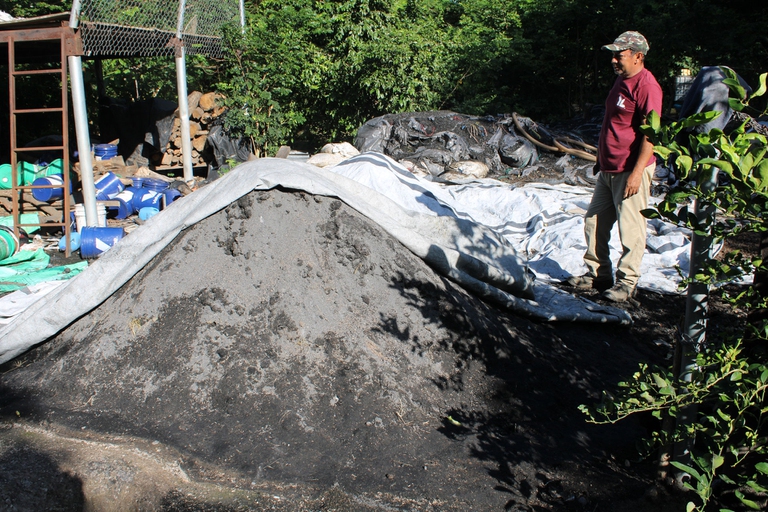
Bokashi is probably the most popular organic fertilizer in El Salvador.It serves to provide the nutrients the soil needs, but it also has a regenerative function by improving the soil's ability to absorb water.It is obtained through the fermentation of some ingredients, there is no fixed recipe:it is the local products available to the individual farmer that determine how to produce it, and this makes it accessible to many.It can be prepared in about fifteen days, and has a fairly low cost:about 12 dollars for a quintal of product.In the Bajo Lempa, where cattle farming is widespread, bokashi is often made by mixing cow dung with gallinaza (i.e. chicken dung), then adding charcoal (which is like a sponge that gradually filters out nutrients for the soil) , water and rice hulls (which absorb moisture and facilitate aeration of the mixture).Juan Luis warns me that during fermentation it is important to control a series of factors, such as temperature, pH, humidity and aeration of the mixture.
With organic agriculture, the soil is fertilized, and the soil then offers the plant what it needs.Instead, in the case of chemical products, the crop is fertilized.
Juan Luis Avilés Moreno, Bajo Lempa farmer
Juan Luis has accumulated almost thirty years of experience in preparing bokashi.Shortly before we met he was at an event held in the United States, where he talked about how he prepares his organic fertilizer.“I don't remember how many countries I visited.I have been to France, Holland, United Kingdom, Brazil, Bolivia.I participated in training courses and gave lessons” he says.“I'm going to talk about my fertilizers and how I produce them.Basically I'm going to talk about my experience.I don't invent anything” he nods.
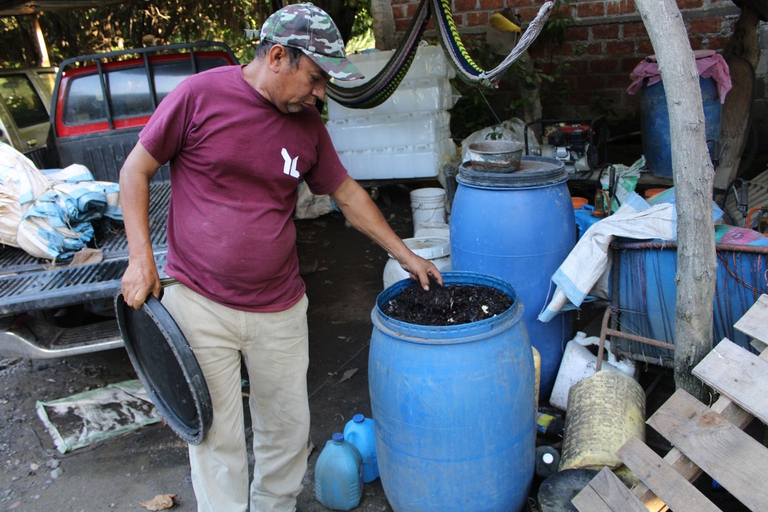
A question of emancipation
A green landscape passes by from the car window.Mango trees alternate with cedars and tall ceibe trees.The pick-up climbs up an asphalt path.I am headed with Walter to Santa Cruz Michapa, a municipality 35 kilometers from San Salvador.We arrive around ten in the morning on a weekday.The streets are empty, there is no one in the central park.They nicknamed Santa Cruz Michapa a dormitory municipality because many of the inhabitants are commuters who travel about an hour by bus a day to go to work in San Salvador.Those who don't work in the capital live by their wits or, if they like, work in the field.We are here because Walter wants to introduce me to the Guardians of the semilla criolla, a collective of 15 women who work with agroecology.
We enter the patio of a house.The floor is earthen, the roof is a corrugated iron sheet.Corn cobs are arranged haphazardly on a table.Around me, sitting in a circle, there are four women.“During the pandemic they didn't let us go out, and often those who went to buy fruit and vegetables at Tiendona (the largest market in San Salvador) returned infected with Covid” says Iris Ivete Santos.
Iris is 44 years old, and has been divorced for 6 years.She is raising a 14 year old girl alone, another 22 year old and a 24 year old boy, who luckily already has a job.She is the one who speaks.He talks about how switching to agroecology meant avoiding contagion and, at the same time, having food to feed their families.“We understood that during an event like the pandemic it is not the same as having to go out and buy food and produce it yourself in your own garden”.
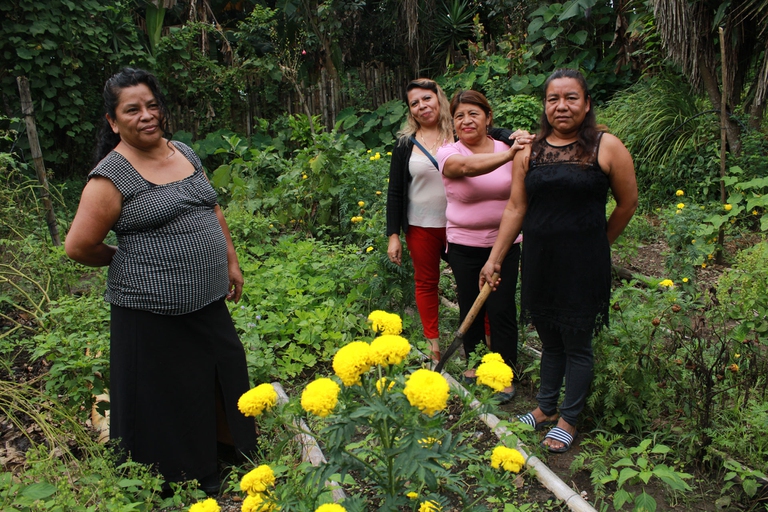
Iris explains that the transition to agroecology occurred, in addition to the pandemic, also thanks to a fortuitous encounter.It was in 2020, during a Cesta training course, that the women of the collective met Walter Goméz.From that moment on, the idea of having your own vegetable garden and cultivating it with organic products materialized.Ana Gladys Martinez, another member of the collective, already had several years of experience with organic fertilizers and herbicides, and together with the Cesta agronomists she supported the other women in the transition process.At the moment, beyond the individual gardens of each guardian, the collective also manages municipal land of 7 thousand square meters using agroecological practices.
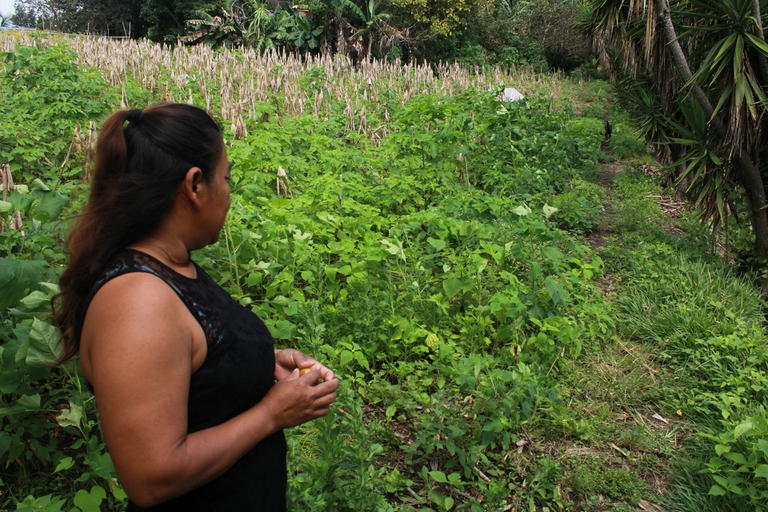
The transformation to organic occurred gradually.If chemical products have always been used on a land, the transition to agroecological cannot be abrupt.The soil takes time to get used to.At the beginning it is possible to mix chemical fertilizers with organic ones, then little by little the quantity of the chemical can be reduced, and after a few years it can be eliminated completely.Unlike chemicals, organic fertilizers such as bokashi and gallinaza take longer to act.But in the long term the benefits are clear.
The earth is already changing color, because we are giving it the soil nourishment treatment, we are putting organic fertilizer on it, the bokashi.We really see that the consistency of the soil and soil is changing
When I ask why they got their name they answer that it derives from a specific intention.“Guardian of the semilla criolla because we want to recover the seeds and cultivation techniques that our ancestors used”.Another fundamental rule of agroecology is to choose the seed variety that best adapts to the climatic conditions.Choosing the right seed offers a greater yield than unselected varieties, as it can improve the plant's resistance to diseases and adverse climatic conditions.
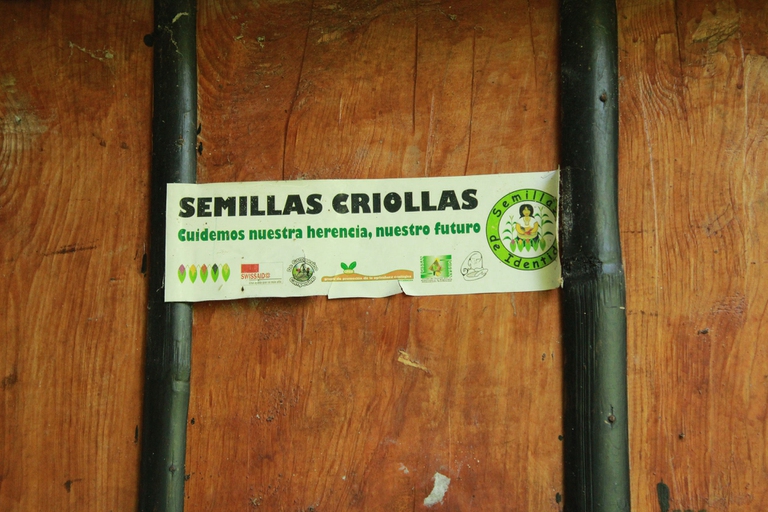
Not just sustenance, the Guardians' goal is to convert organic production into a source of income.For this reason, every month, in the central park of Santa Cruz Michapa, fairs are organized where the members of the collective sell their products.It is also a way to advertise the agroecological methods used to grow food.
We seek economic independence for women.We dream of a day when we can have more market.The collective wants to produce big.In this way, by obtaining more money from the sale of products, we will be able to be more independent, because many of us are single mothers, or who have a partner but who equally cannot make ends meet.
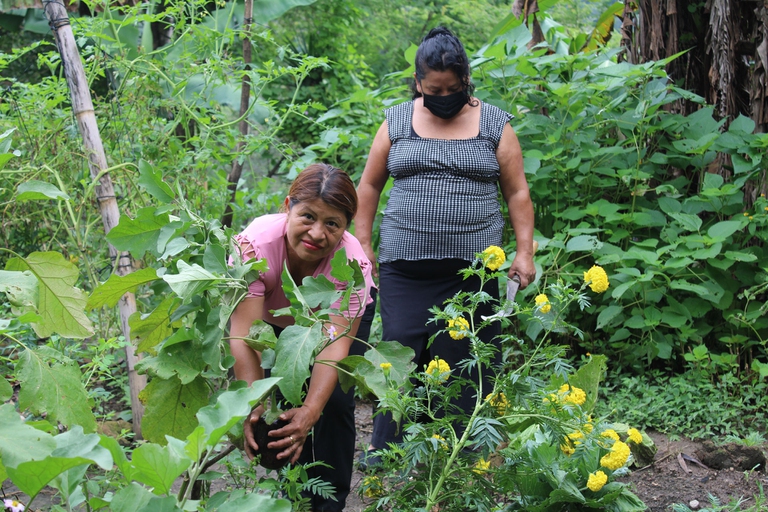
I say goodbye to the Guardians and get into the car with Walter.I seem to have understood that agroecology in El Salvador means many things:avoid waste, diversify crops, exchange knowledge horizontally.But it is also a way to adapt to the local context from time to time, strengthen community ties, offer spaces of autonomy to small producers, and allow them to adapt to crises, whether large or small.But what many farmers wanted to tell me is that, with agroecology, the relationship with the environment is also changing:natural resources are not something that can be exploited only to pursue profit, but a behavior to be understood and with which to negotiate mutual benefits.Behind the agroecological choice there is a universe of meaning that goes far beyond mere economic reason.“I consider agroecology as a way of life,” confesses Walter as he takes the Pan-American Highway towards San Salvador.And maybe he's right.
